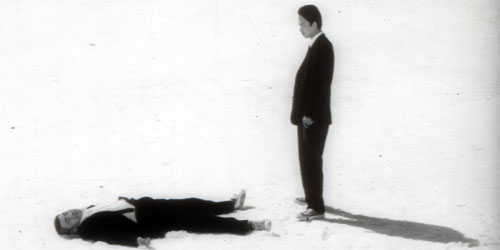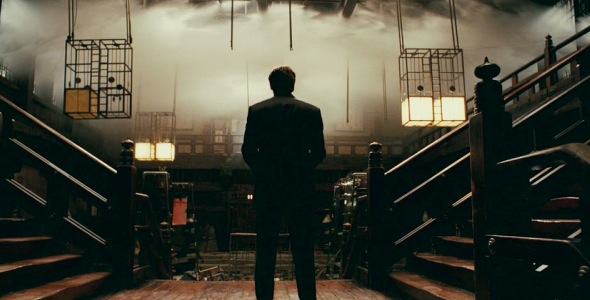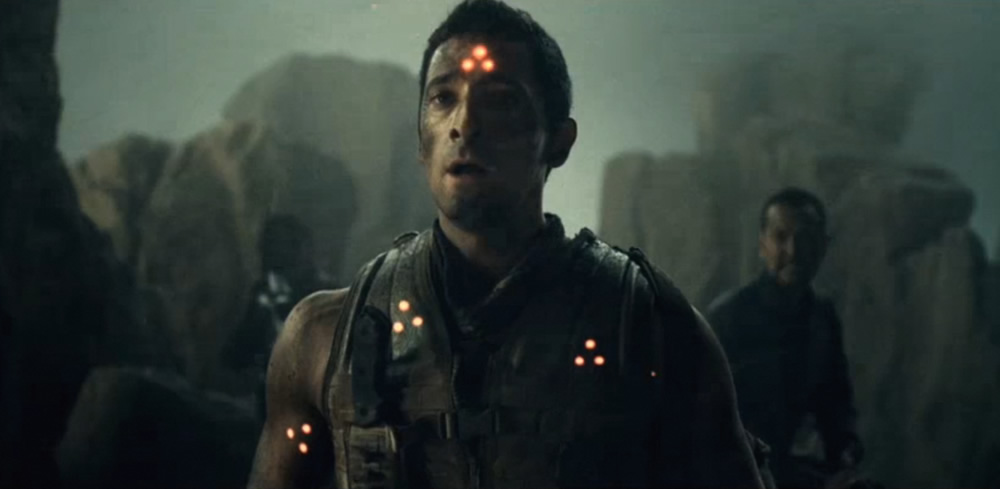Post-graduation: life is slower, sweeter, harder to manage. I know now why people work. Without goals, things that need doing, life is pretty blah. In this short interim between school and summer work I’ve been bored, and so I’ve bought some comics.
Ever since I saw the first Spider-Man film, and consequently bought and read the early Spider-Man comics, I’ve been hooked, but I’ve never been an avid pamphlet reader. It’s cheaper to buy or check-out trade paperbacks from the library than wade through the masses of individual comic-book issues, shelling out three or four dollars for just a few pages of story at a time. But after listening to Alex, Justin and especially Pete of Comic Book Club weekly proclaim their merits, I decided to give comic books a try.
One of the biggest problems I have with the comic book in issue form is that it rarely tells a full story. Most pamphlets are episodes in a larger story. This episodic quality can be exciting, drawing the reader in then leaving them hanging and wanting more, but it can also be frustrating for an on-again, off-again reader like myself who doesn’t have the time or money to pick up every issue of a particular title. Over the last few weeks I’ve bought three comic book issues which deal with this problem in different ways.
Or in the case of Super Man #699, not at all.
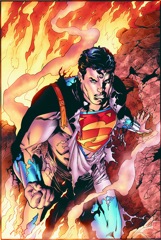
This comic starts with some random guy in a gray sci-fi uniform standing in a large metal room blasting robots with his laser eyes. Superman is fighting next to him and calls in Zod. Zod attacks a green guy which I assume is the classic Superman villain Braniac, and Superman flies off somewhere to do something. Then we flash to a group of random flying people in a different part of the what must be a spaceship. They meet some random guy in a red Superman suit who is ashamed and has his suit magically changed to look different etc. etc. The art is good, the action is well paced, but I have no idea who these people are, what they are doing, or why they are doing it. I guess the writer assumes I have been reading this for the past year. This kind of comic book storytelling is completely inaccessible and gains no new readers.
The second book I picked up, Red Hulk #3, was a bit easier to figure out.
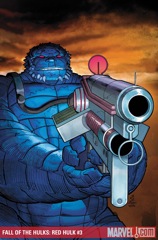
The comic starts with two panels labeled “Previously on Hulk.” These two panels tell me that “Red Hulk has allied with Banner to stop the Inteligencia,” and that “Red doesn’t trust Banner’s pal, A-Bomb.” The book then launches directly into a fight between “Red” and “A-Bomb.” I grew up in America, so I know who Hulk aka Bruce Banner is, but I have no idea who Red Hulk or A-Bomb are, or why Red doesn’t trust A-Bomb. As the comic progresses a series of flashbacks and a huge amount of dialog is spent explaining the plot so far. By the end I think I had figured out what was going on, but in the process the action became just a muddled pile of exposition, defeating the purpose of a comic book: entertainment. Better than Superman, but still no cigar.
The Amazing Spider-Man #629 was the best of the lot.

The first page of the comic is designed to look like a blog page, and it sums up the story so far. Spider-Man is fighting Captain Universe, who is trying to kill Juggernaut. I’m not sure who Captain Universe is, and all I know about Juggernaut is what I learned from the third X-Men film: he can run really fast. But the story is simple enough, with a lot of fun action and enough exposition to explain the characters’ motivations. The art is brilliant and Spider-Man’s dialog is light and pithy, making the silliness of the plot more digestible. I’ve been picking up issues of Amazing Spider-Man off-and-on for a few months now, and I’ve always been able to pick up what I’ve missed.
In sum: if all comic books did as good a job as writers of The Amazing Spider-Man at filling in what the new reader’s missed, there’d be a lot more comic book readers out there. Plot summary is important in any episodic storytelling format.
